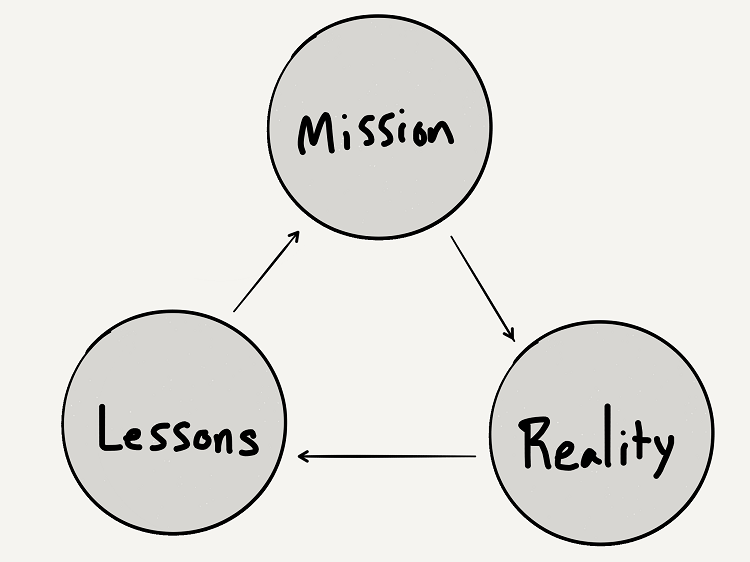As an Army officer, I used the After Action Review (AAR) process as a guideline for reflection and improving processes. Follow along below learn how to conduct the AAR process.
The Purpose of the After Action Review
The purpose of the After Action Review or AAR is to analyze your goals and learn from the experience. The key is to find successes and look for areas of improvement to make future goals more successful. The AAR is conducted using the process outlined below or in this Nozbe Template.
Every AAR Begins With…
Intent: What was the big picture goal you set out to accomplish?
Mission: What was your specific goal?
Summary: What actually happened as you worked to reach your goal?
Sustains: Develop a list of plans, actions, or details you thought were successful. Answer this question, “What would I do the same if I had to repeat this exact goal?”
Improves: Develop a list of plans, actions, or details you thought were unsuccessful or absent in this goal. Answer the question, “What would I do differently in I had to repeat this exact goal?”
Concluding the AAR
End your After Action Review by creating a list of recommendations for future goals. Recommendations can include:
- Maintain the “sustains” and keep fighting the good fight
- Use your “improves” list to make changes and avoid making the same mistakes next year
- Create a list of people to consult and learn from before you take on a similar goal
- Decide what equipment or tools will help you reach your goal
- Or whatever will help you do better next year
Remember, the AAR process was designed to help leaders analyze their goals, learn through experience, and apply recommendations to future goals. This same method can work for you.


